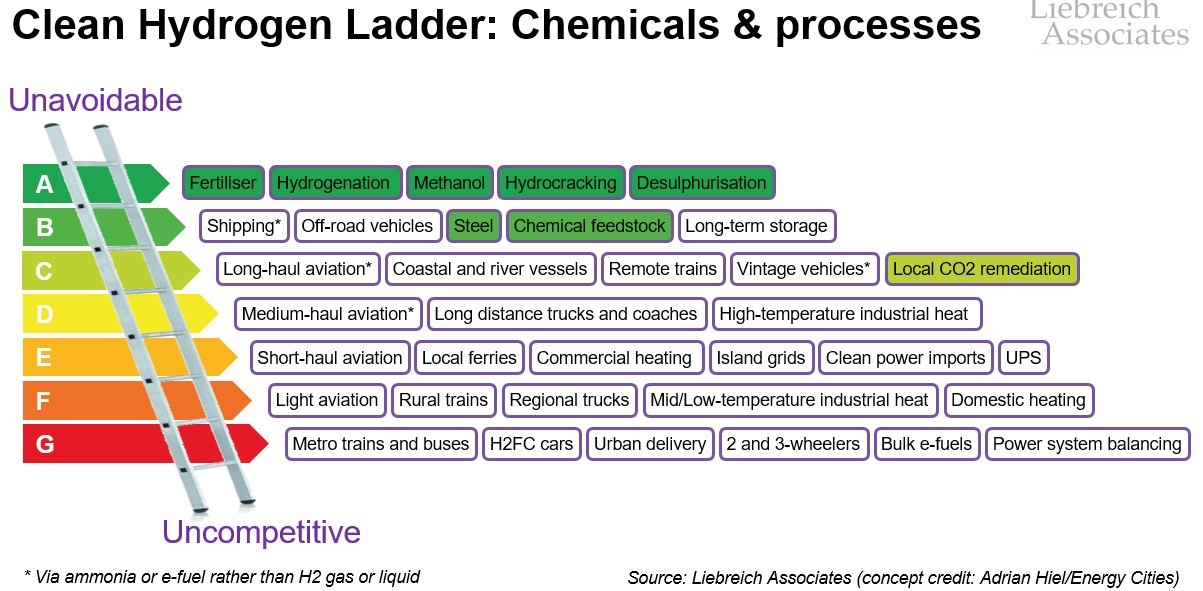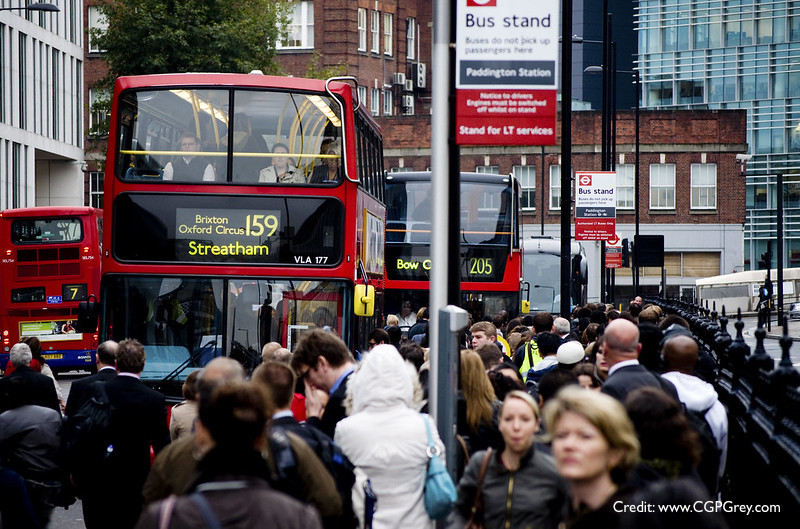he success of London in 2050 will be measured by its environment. By this I don’t just mean the quality of its air, or whether it has retained its biodiversity, important though those are. I mean the overall quality of life for Londoners. Will they experience the city as spacious, efficient, healthy, and resilient? Or will they experience it as overcrowded, dysfunctional, stressful and insecure?
The background to the question, of course, is London’s continuing population growth. The only safe assumption – seeing as London is the greatest city in the world – is that Mayor Sadiq Khan and his successors need to be planning for a city of 11 or even 12 million by 2050.
Continuing to develop London’s transport system will be key. We simply have to keep investing in rail and underground capacity, the single best way to move people around the city at scale without overwhelming surface transport and streetscapes. Londoners still have no idea of the impact Crossrail will have when comes on line in 2018. By 2050 we must have Crossrail 2, probably Crossrail 3, and be working on Crossrail 4. We will also need significant upgrades to overground commuter rail, which is now set to transfer to Transport for London (TfL). And we will want every extension to the Underground and several of the East London river crossings currently under discussion.






